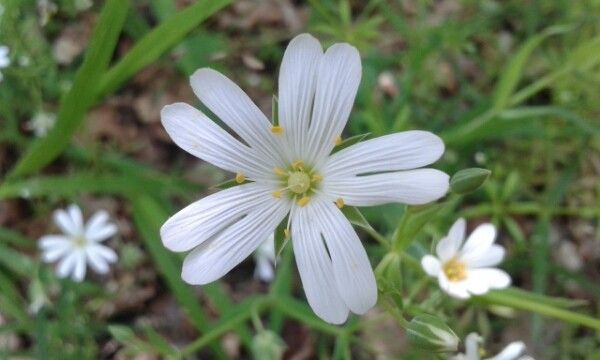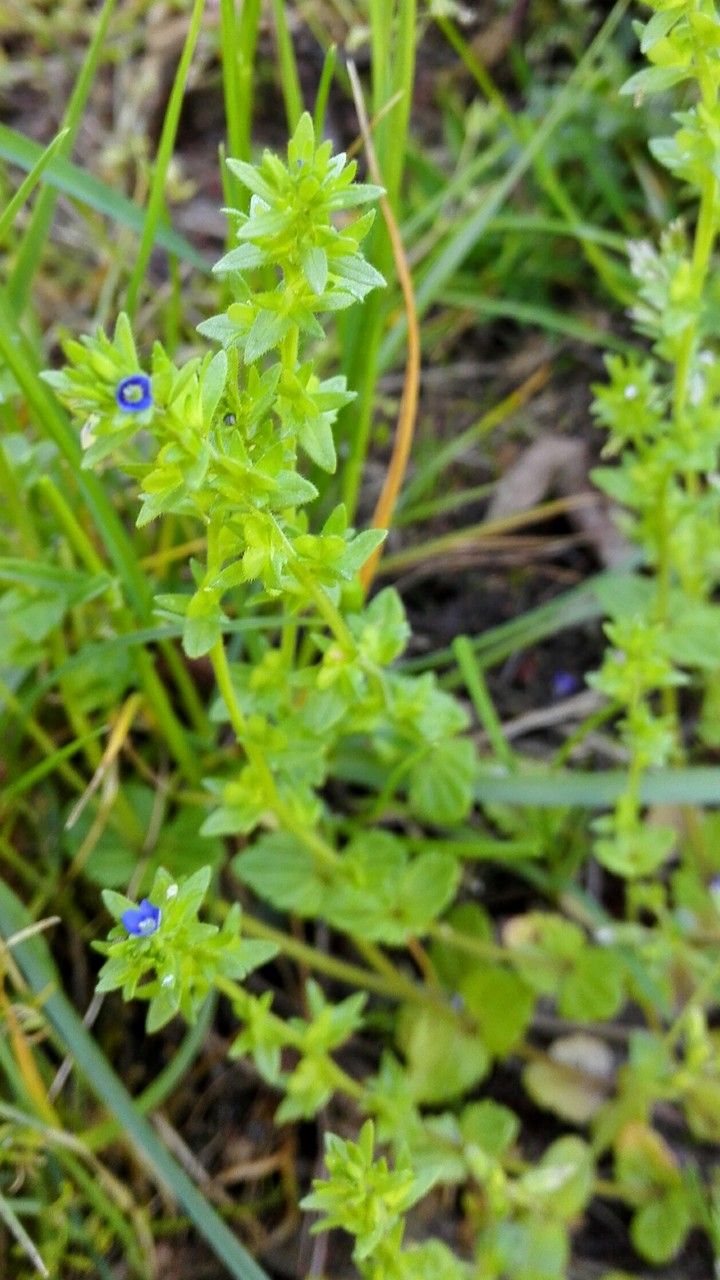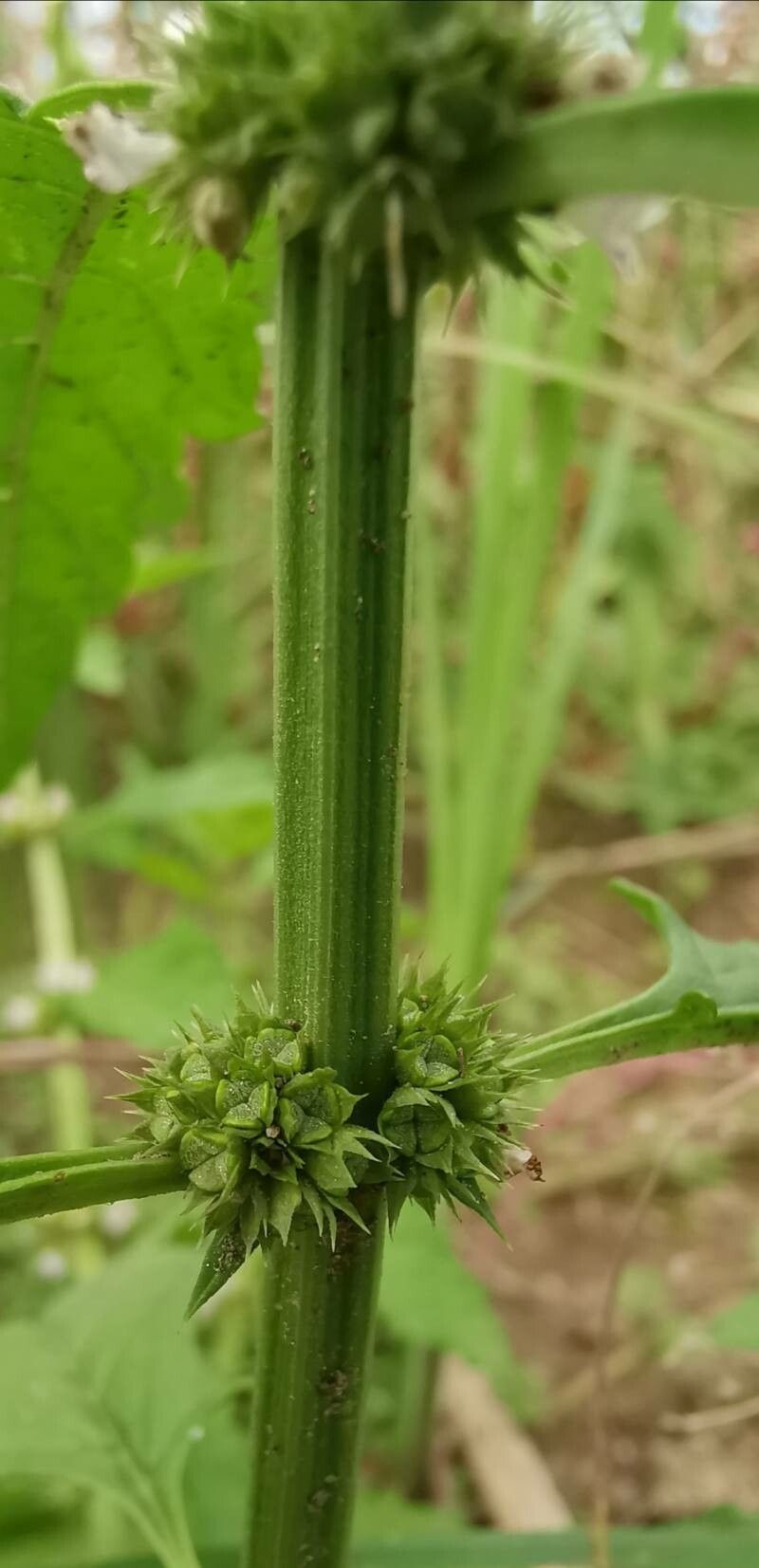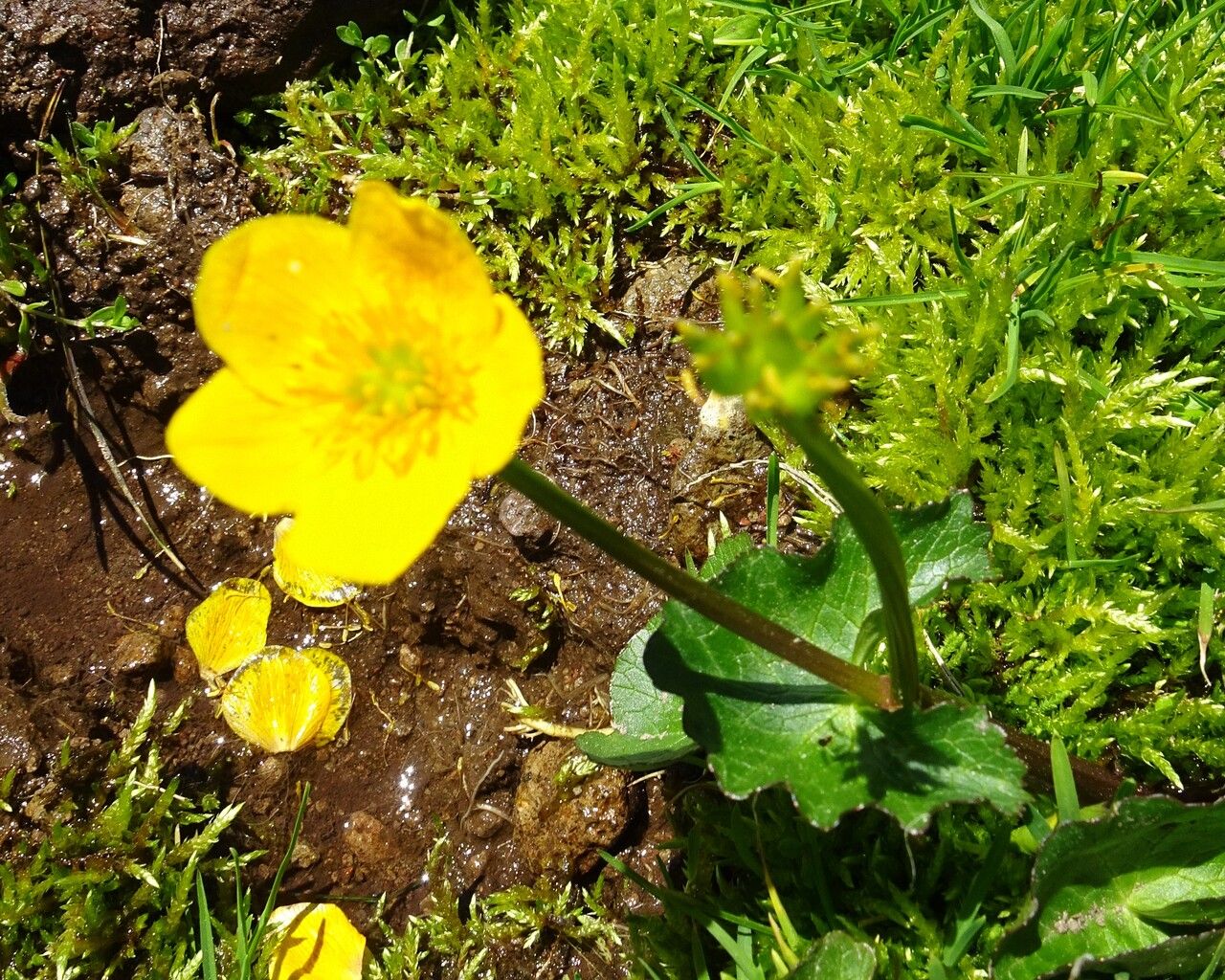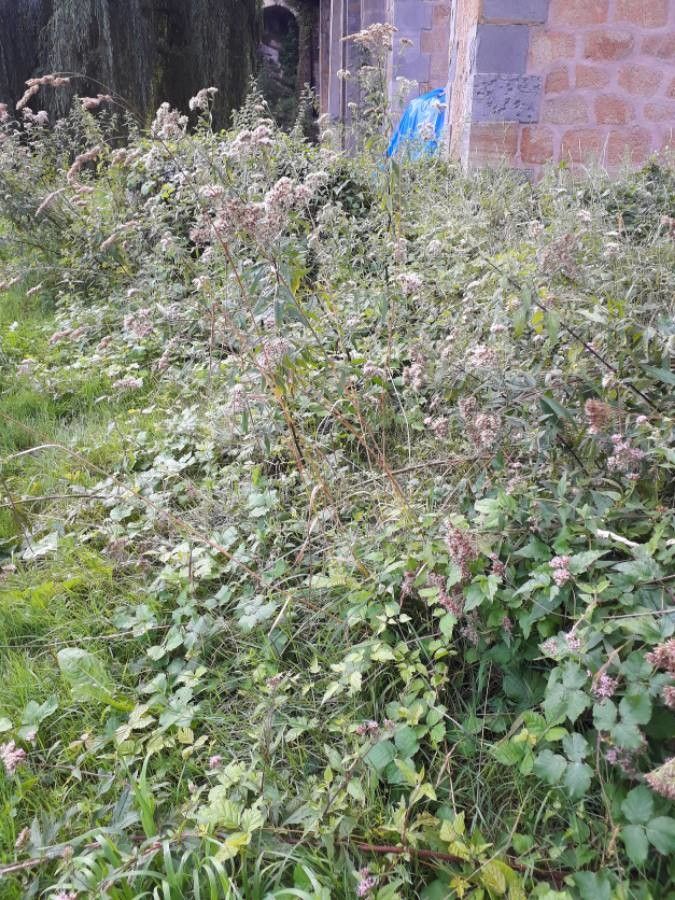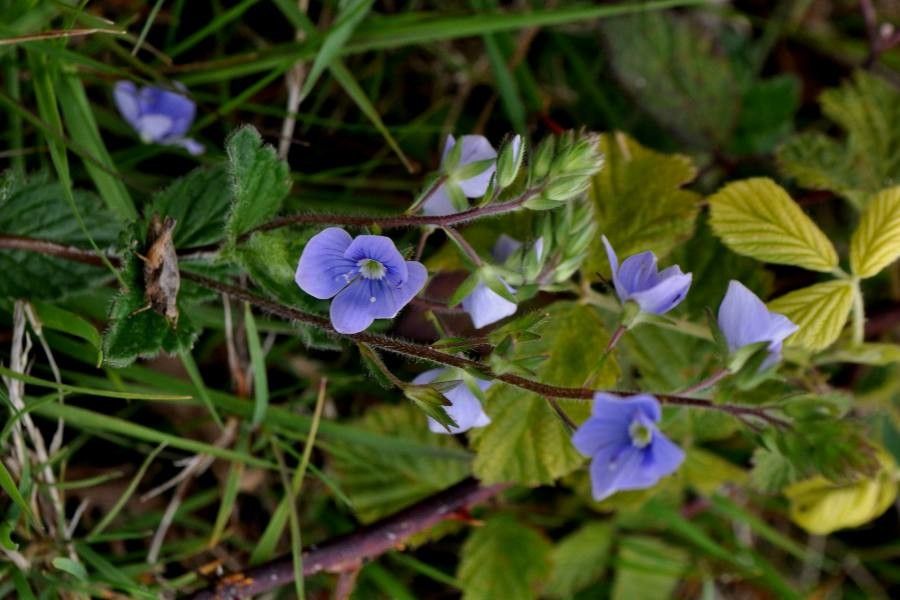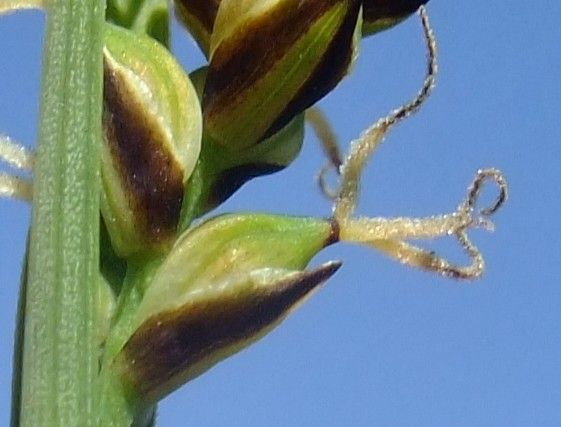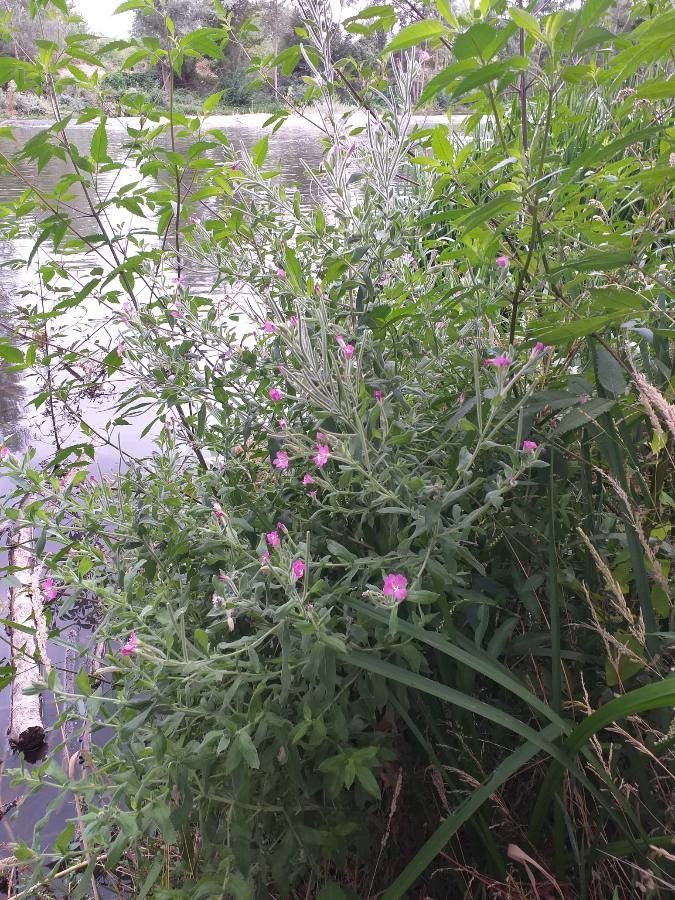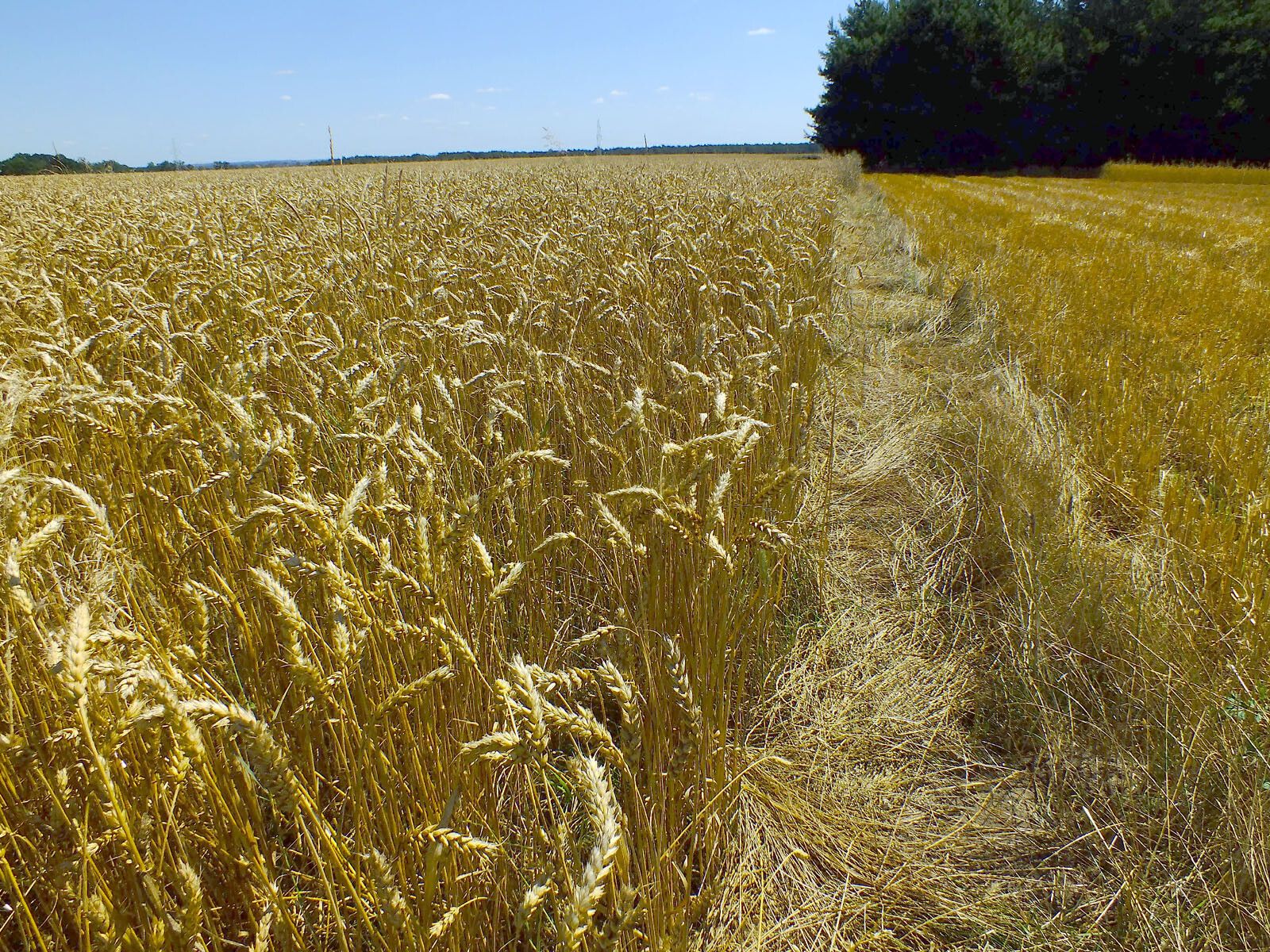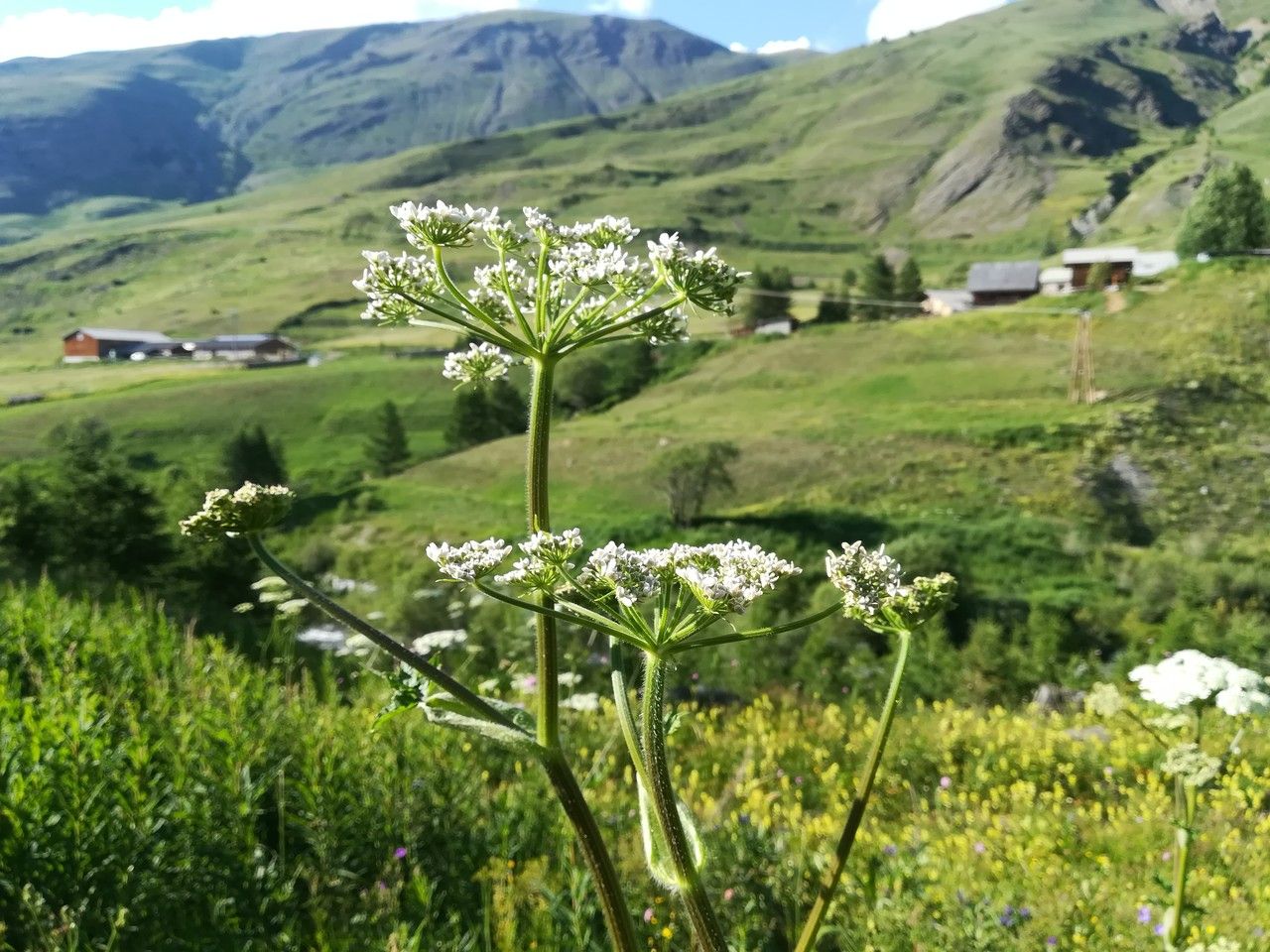Easter-bell
Meet the Easter-bell! These charming wildflowers pop up in springtime, adding splashes of color to woodlands. They provide early nectar for pollinators, supporting local ecosystems. People traditionally used them for their supposed medicinal properties. Uniquely, Easter-bells often grow in clusters, creating vibrant carpets that signal the arrival of warmer days. Easter-bell Description Common Name Easter-bell … Read more
